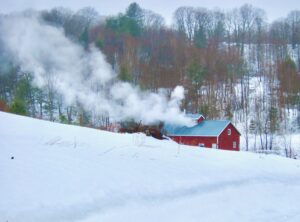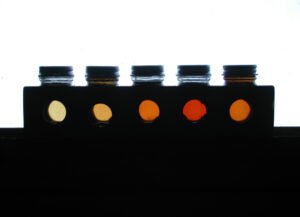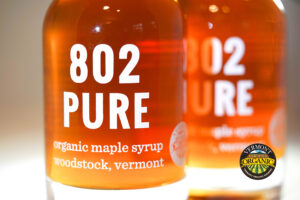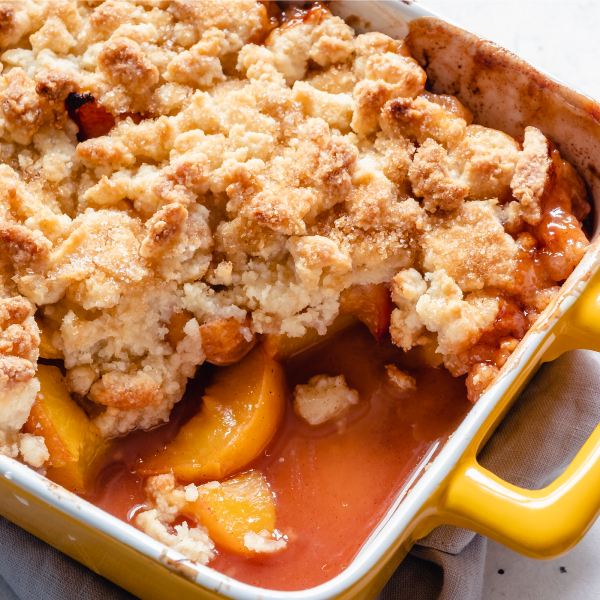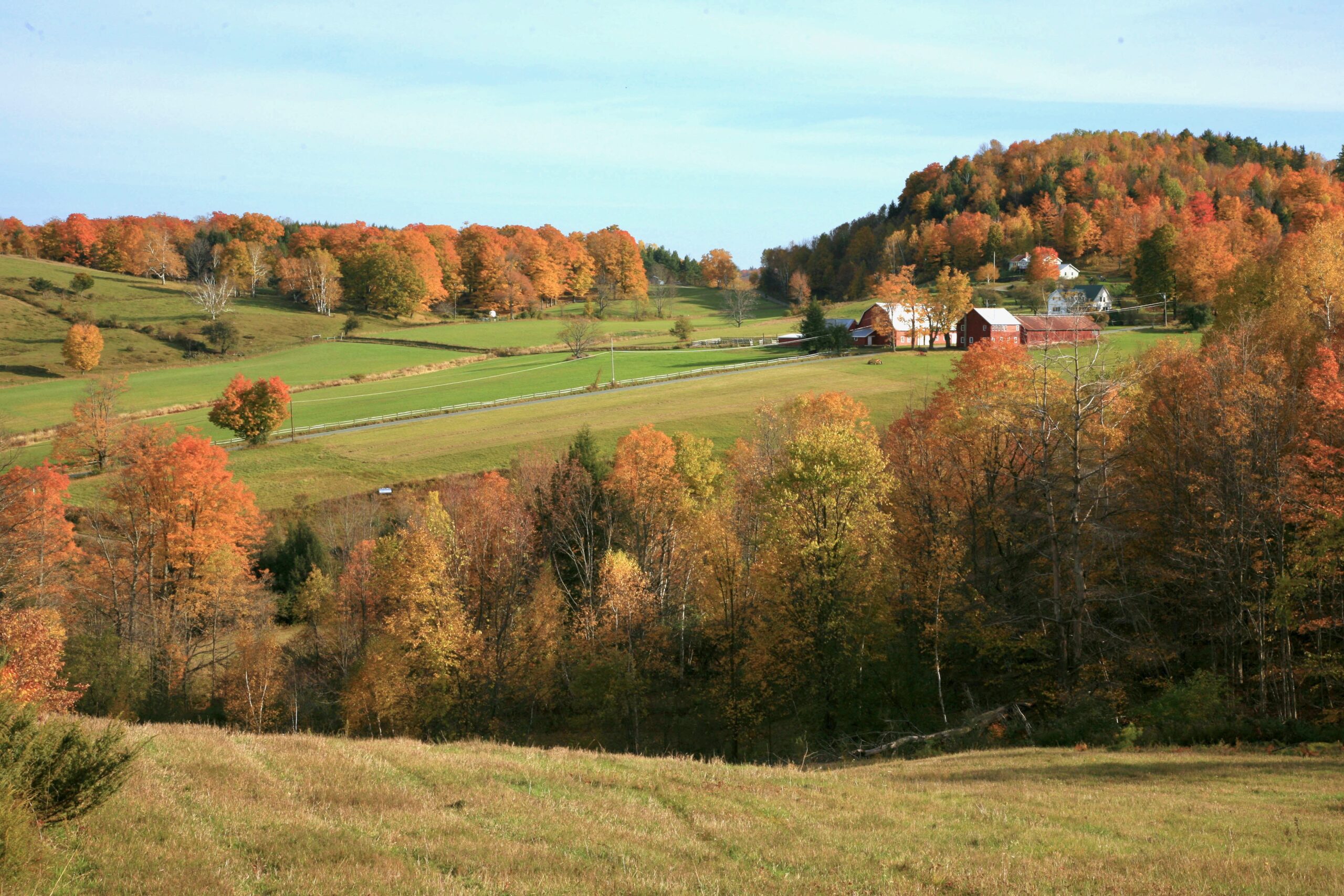
We are blessed to live where maple trees grow. In the fall, our maple trees provide us with vibrant colors sprinkled along our winding roads, pastoral meadows, and rolling Green Mountains. And, in the first few months of the year, the sap starts flowing. If there’s one thing synonymous with Vermont, it’s maple syrup. Our tiny state produces the most maple syrup of any state in the U.S. and is second only to Québec in world production.
This sugaring season we caught up with two of our local maple producers who were gracious enough to answer our questions during their busiest time of the year. Today we are featuring a Q-and-A with Jacques from Sugar Moon Hill who produces 802 Pure maple out of Woodstock, VT. Their certified organic syrup is available at our Woodstock location.
Q. Can you give us a short history of your business? Is there a family component?
Sugarhouse in production A. We have been sugaring every year since we purchased the property over 20 years ago, but the sugar bush has been tapped for well over 100 years under the auspices of the original owners, the Crane family. Jeremy Crane, who manages our sugaring operation, is the great grandson of the original owners of the property.
Q. When do you start tapping? How many trees do you tap?
A. The sap begins to run when the days are warmer while the nights are still cold, usually around late February to early March, coincidentally, around the time of the annual Town Meeting. This year, we started tapping the 3rd week of February and put in around 2,000 taps. Most trees have one tap, but the bigger and more mature trees will often have two or even three taps, depending on their size.
Q. How many gallons of syrup are you projecting to produce?
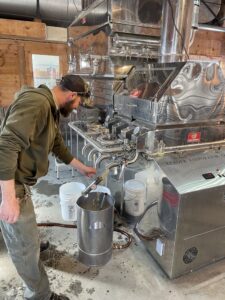
A. This year we are likely to have collected and boiled over 30,000 gallons of sap to produce around 500 gallons of syrup, which is lower than usual as we expect a shorter than average season with the unseasonably warmer weather.
Q. How do you think the sugar content this year compares to past years? And how has the weather affected sugaring?
A. We started the season with the sugar content at around 2%, but as the season has progressed we are now down to 1.5%. This is a bit lower than average, again, likely due to the warmer climate. At 2%, it takes just over 40 gallons of sap to produce a gallon of syrup. As the sugar content goes down, the syrup quality remains high, but the yield decreases. And, as of now, it takes over 60 gallons of sap to end up with the same gallon of syrup… that’s a lot of boiling! Climate change is having an impact on sugaring for sure, with increased variability in the weather having an impact on the length of the season and yield.
Grading syrup by color
Q. What does organic maple syrup mean?
A. We get this question a lot, as sap is, by definition, natural and organic. So what does it mean to be certified as “organic”?
It represents that the process of creating syrup from the raw sap is done in a sustainable and healthy manner during the entire production process. This means that tremendous care and effort goes into sustainable forest management for tree health (e.g. density, invasive species, etc.), environmental factors (e.g. no plastic tubing in the soil), tree-tapping guidelines (e.g. how many taps are appropriate based on tree size).
It also represents the process by which the collected sap is turned into syrup via boiling (e.g. using organic deformers such as vegetable oils) and no chemicals used in cleaning equipment.
Lastly, we are also required to test the syrup for potential contaminants such as lead, and water used to clean equipment is tested for bacteria such as E. coli. An organic inspector visits in-person to inspect the forests and the sugaring operation each year to ensure that we are in compliance. This is all to say that being certified “100% Organic” is something that we believe is the right thing to do and that we our proud of!
Photos courtesy of Sugar Moon Hill
